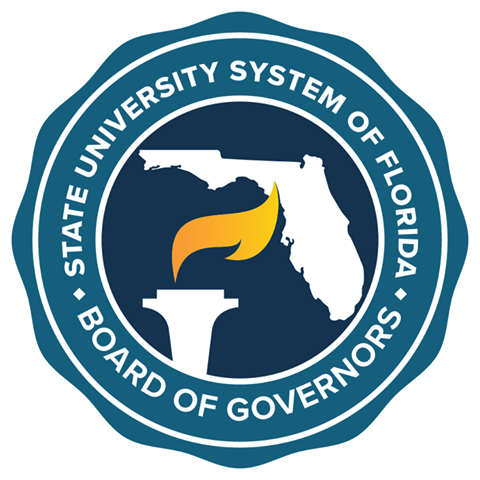Senate passes $1.25 billion bond issue for schools – By Todd Stacy, Alabama Daily News
The Alabama State Senate on Monday passed legislation to authorize an $1.25 billion bond issue to fund school construction and other capital improvement projects.
Senate Bill 242 passed 29-0 in the Senate and now goes to the House of Representatives for consideration. First proposed by Gov. Kay Ivey in her State of the State address, the bond issue would help K-12 schools and state colleges pay for capital improvements, from construction projects to technology upgrades.
Originally set at $1 billion, Sen. Del Marsh, R-Anniston, amended the bill to add another $250,000 to the bond issue.
“This money will go a long way to making much needed upgrades and improvements to facilities such as classrooms, libraries, dorm rooms and vocational training facilities,” Marsh said.
Sen. Arthur Orr, R-Decatur, who is sponsoring the bill, said it was a good idea before the coronavirus hit, but an even better idea now that the outbreak has impacted budgets and economies.

Missouri Senate passes budget that restores higher ed funding – By Emily Spain, KOMU
The Missouri Senate passed a new budget Tuesday that restores cuts to higher education and fully funds K-12 education.
Gov. Mike Parson announced cuts to higher education in April due to financial stress from the COVID-19 pandemic.
Senators voted 26 to 5 in favor of a higher education spending plan that would give public colleges and universities the same funding next year that they were originally promised this year.
Under the state house approved budget, higher ed would get 10% less in state funding during the next fiscal year. That begins on July 1.
Senators are trying to avoid those cuts with the help of federal aid.

BOG: Fewer Florida students forced to take loans, default rate decreasing – By Byron Dobson, Tallahassee Democrat
Fewer students attending Florida’s public universities took out loans in the 2018-2019 academic year than the previous year, the Board of Governors said Tuesday.
Records show 11,000 fewer students took out loans in 2018-19 as compared to 2017-18, while two-thirds of students did not take out any loans.
As a result, the State University System’s student loan default rate decreased 6 percent from 2012 to 2.7 percent, compared to the national average of 6.8 percent, according to a State University System release.
“The Governor, legislative leaders, and the Board of Governors have continued to prioritize low tuition and fee costs to the students, even as they rise across the country,” said Syd Kitson, chair of the Board of Governors. “The State University System is also focused on decreasing the cost of textbooks, using online resources when possible, and incentivizing increased financial aid through the cost-to-the-student metric in the Board’s performance funding model.”

Will others follow UC San Diego's plan to widely test for coronavirus? – By Larry Gordon, EdSource
A new proposal to start testing 5,000 students at UC San Diego for the coronavirus next week, with wider testing by fall, has raised hopes about a possible way to safely reopen California universities.
The plan, called “Return to Learn,” is a first-of-its kind attempt to ensure campus health standards at a time when colleges and universities across the country are wrestling with whether to restart in-person courses and fully reopen dormitories this fall. The plan could eventually test all 65,000 students, faculty and staff at UC San Diego.
However, so far, the two public university systems in California are not rushing to embrace the idea.
The central administration of the ten-campus University of California system, which enrolls about 285,000 students, reacted cautiously to the announcement of the UC San Diego plan. “This is an interesting pilot program, but at this time it is too early to assess whether it would be applicable or appropriate to implement systemwide,” Sarah McBride, a UC system spokeswoman, said in an email responding to EdSource.

Source: UCSDNews.ucsd.edu











